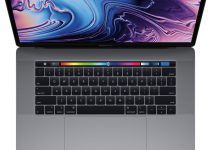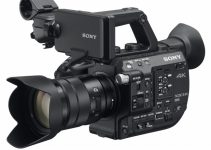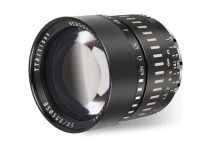Transcribing videos can be incredibly tedious and intimidating process (especially on the day before Christmas) that can not only eat up your time and kill your productivity but also cost you an arm and a leg. Fortunately, Australian-based filmmaker Justin Brown has found an easy way to solve all those issues by using one of the built-in functionalities of Google Docs.
With this method, you can easily transcribe any of your videos, plus it’s an excellent way to repurpose some of your video content or generate video descriptions in no time. So, if you already have tried some of the available solutions out there, but you are not satisfied with the results thus far, maybe it’s time to give these two options a try.
If you are using a stationary Mac or Windows computer, open a new Google document, click on Tools and choose Voice Typing. This function automatically launches the voice recognition tool of Google Docs. Just hit the Mic icon, play your video, and you should be able to see the text populating in the blank sheet in front of you in real time.
Of course, don’t expect to get perfect results right off that bat as you may need to do some minor tweaks here and there, but overall the voice recognition algorithms are well optimized and should yield decent results on most occasions. Just be patient and try to figure things out if you don’t get instant success. Having a reliable hardware at your disposal that is fast enough and able to keep up with the voice narration pace and speed is another essential prerequisite.
The second method suggests using both a computer and a smartphone. In theory, this workflow should work even better because of the fact the built-in microphone of your phone is way more precise and should pick up less background noise. In theory, any note taking app on your phone should do the trick, yet utilizing the Google’s Voice Typing functionality would be your best bet again. Just select the Voice Input icon on your phone’s keyboard, start the video and hold the unit near the computer speakers. Alternatively, you can even use an external microphone as an option to improve the results and take the process one step further.
It’s also highly recommended to do the transcribing indoors in a silent room where the background noise is low or utterly absent. All in all, these techniques are still far from perfect as people report different results with relative success, but if you have already tried either method, feel free to share the results with the community in the comments below.
[source: Justin Brown – Primal Video]
Disclaimer: As an Amazon Associate partner and participant in B&H and Adorama Affiliate programmes, we earn a small comission from each purchase made through the affiliate links listed above at no additional cost to you.




